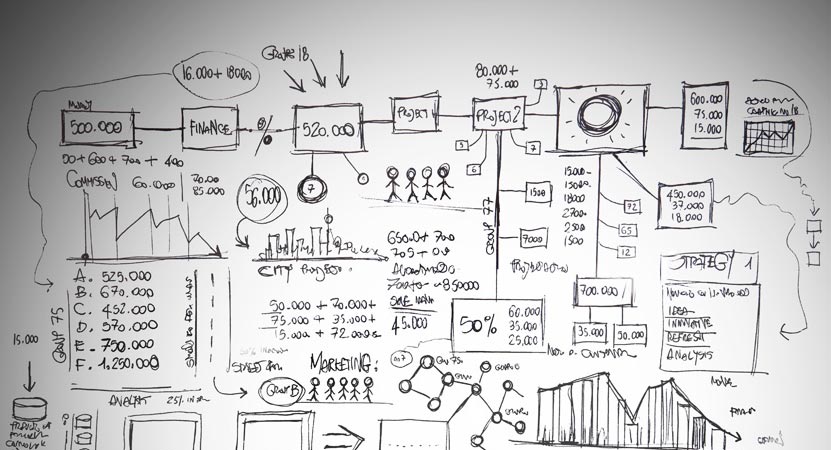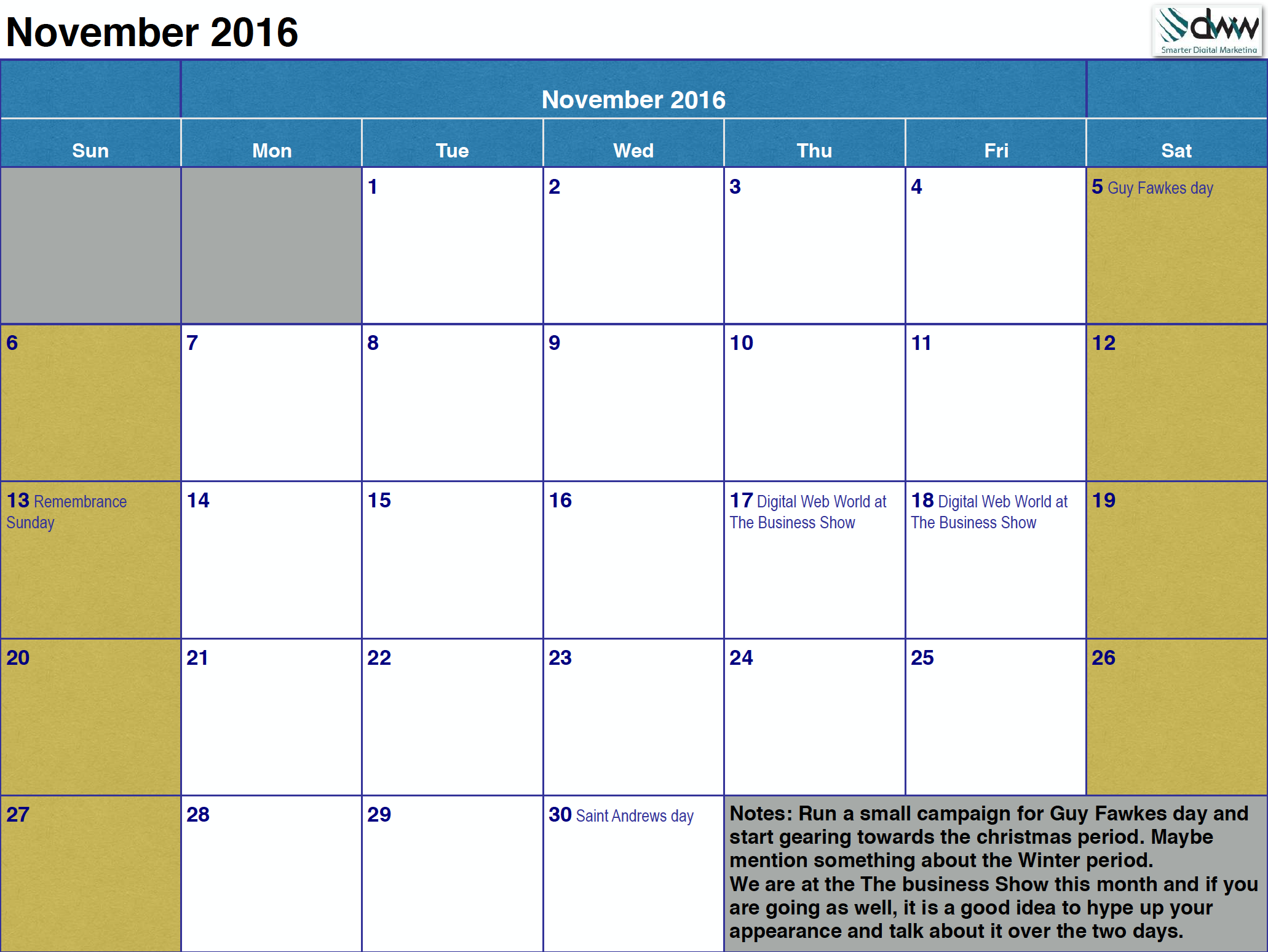Penguin 4.0 – What Does It Mean For You?
What is the Penguin update?
Google’s Penguin update was first introduced in 2012 and is one of many factors they use to affect Search Rankings in a positive way. This update targeted those websites using black-hat techniques such as keyword-stuffing and any link-building schemes that blew up rankings artificially.
Why is Penguin still relevant?
In the last couple of weeks, Google have started rolling out the 4.0 update that has come with a host of new features, causing a shift in the search rankings for websites that weren’t aware.
It has been 2 years since the last penguin update and many webmaster’s have been preparing in that timeframe with the other minor and big updates (Mobilegeddon anyone!), wandering what Google would have up their sleeve for penguin.
Key features of 4.0
- It was a worldwide launch. So everyone was affected at the same time, meaning certain websites in other locations wouldn’t get to enjoy those extra couple of weeks they would usually get at the top of the rankings. Even slate for everyone.
- The update is now in real-time. Google will now update the rankings every time they update the information discovered by the crawlers, meaning you will notice changes to your rankings at a much faster rate than before.
- Recover from Google penalties faster. Factoring in the real-time nature of the 4.0 update, if you have been penalised before you will know how much of a long process it is to recover from. But thanks to the update it is now a faster process to recover once you have made the necessary changes.
- Google has now made Penguin part of its core algorithm. This now means you wont see any official announcements regarding penguin, so keep an eye on your link-building.
- It is targeting more specific pages instead of whole websites when penalising toxic links. In other words, Penguin is becoming more granular making it crucial that websites are audited on a more regular basis.
Why is it a good thing?
- The algorithm is now much faster in picking up updates to websites. This is a good thing as a lot of companies are put off SEO in the first place due to it being a long process to see any benefit. But thanks to this update, you should start to see the rankings benefit much sooner.
- Like I’ve mentioned in the key features, it is now much faster to recover from Google penalties. This is great for the webmaster’s who have been stuck with penalties for a while, since the last update for Penguin was 2 years ago.
- The granular nature of the update makes it less harsh on websites that are generally in the green save for one or two pages that may have a toxic link by only penalising those pages specifically.
What issues may websites face?
- Whilst granular may be a good thing it also makes it more difficult to track any changes to affected pages, meaning deeper analysis is required to pick up any problems.
- Since Penguin is now becoming a part of Google’s core algorithm, this now means there will be no more announcements regarding updates to the specific algorithm. This can be a problem for webmaster’s as it means they will have to start consistently analysing and auditing their websites for any changes, adding more work to their already busy SEO schedules.
How will I know when Penguin 4.0 is live and what can I do to stay ahead of the pack?
The Penguin 4.0 update launched on September 23rd 2016 or as Google have stated it is “Rolling out” so there is still time to make the necessary changes and tweaks to keep your website on top.
But how do I make sure I have covered all bases for the update?
Keep a constant eye on your positions in the SERPs (Search Engine Results Page) – Put it into a daily plan to check your most crucial pages in the search results, keeping an eye on any fluctuations positive or negative based on the keywords you are tracking.
Make sure your backlink profile is regularly in the green – Put it into the daily plan again, ensuring your link-building efforts are not including any toxic or low-quality links.
Perform deep backlink checks on your website weekly – It may take longer than a normal audit but it will be worth it to discover if there any pages that are letting the rest of your site down by having a toxic link. Penguins new granular approach makes this step a priority.
Our SEO experts deal with all the latest updates from Google, so if you think your website has taken a hit thanks to one of these updates then check out our SEO page to see how we can gain ground back on your rankings. Or why not check out the 5 killer SEO methods that you may not be using!









